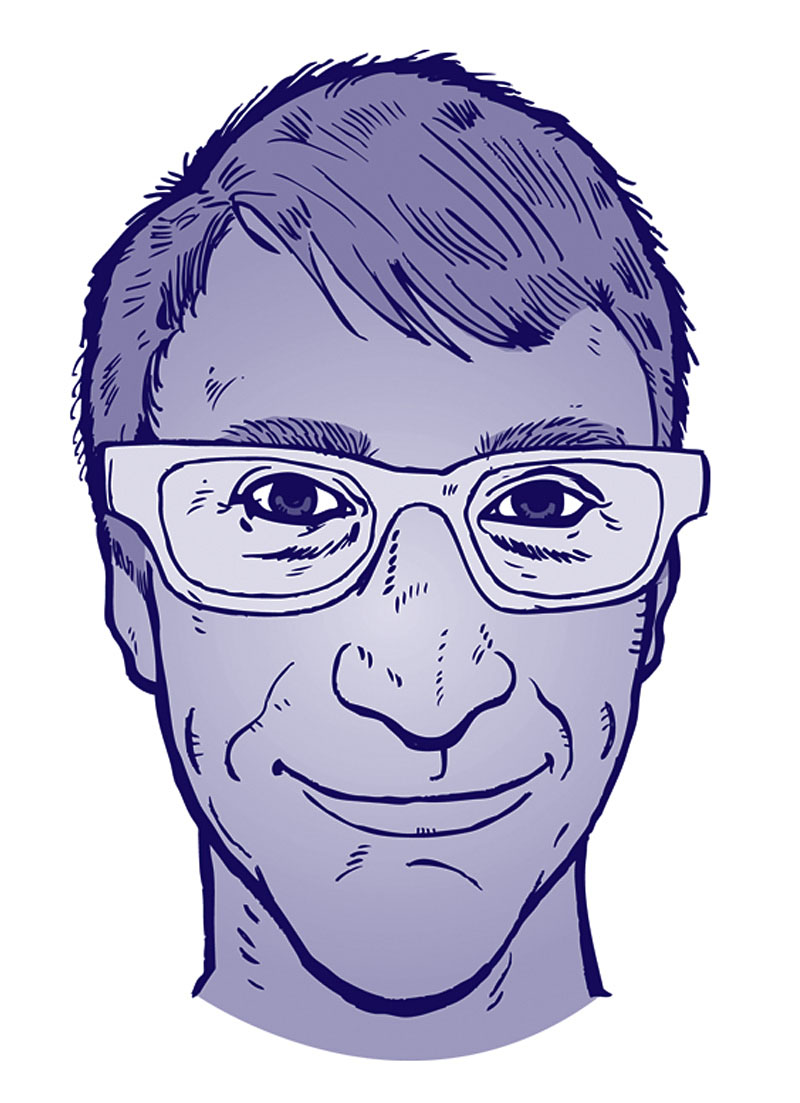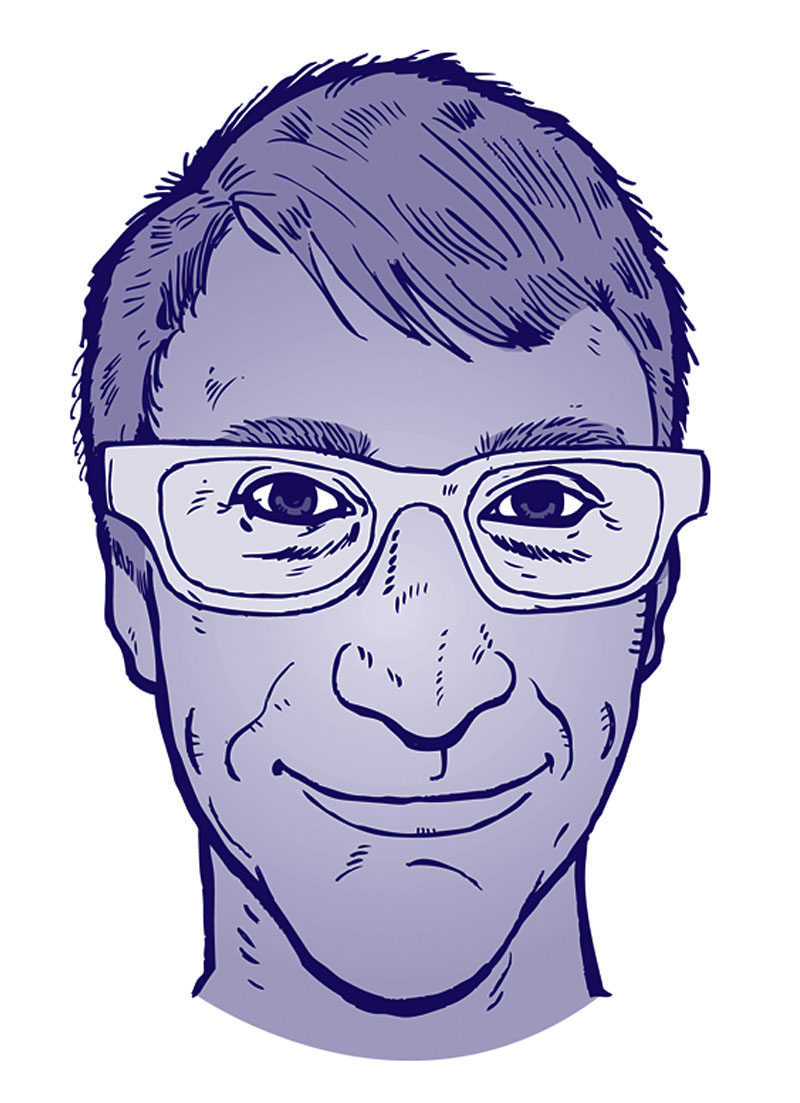John Coltrane arrived in Seattle on September 30, 1965 with his classic quartet—pianist McCoy Tyner, bassist Jimmy Garrison, and drummer Elvin Jones—plus a couple of friends he’d run into in San Francisco a few days earlier. Seemingly on sudden impulse, Coltrane added to the band free-honking tenor saxophonist Pharoah Sanders and multi-instrumentalist devotee of Eastern religions Donald Rafael Garrett. They were there to play a gig at the Penthouse, a jazz club at the corner of First and Cherry. The album that resulted, Live in Seattle, is such a relentlessly raw and abrasive document of late-period Coltrane that it can be a challenge to listen to the whole thing. (I dare Melvins fans to get through the 36 minutes and 10 seconds of “Evolution.”) In a way, it also marks the beginning of the end for the classic Coltrane quartet, a band universally ranked as among the greatest jazz lineups of all time.
Since forming in 1962, the quartet had played with guests before. Sax and flute player Eric Dolphy toured with them in Europe, and Coltrane had that summer recorded Ascension with a wild, 11-musician ensemble (including Sanders). But Coltrane was now entering a realm so far out that his loyal comrades—with whom he’d recorded A Love Supreme, Crescent, and My Favorite Things—could no longer follow. What he was after was pure feeling, beyond notes, and certainly beyond anything so mundane as swinging and chords. For this, Sanders was an ideal collaborator, and would squonk and squeak alongside Coltrane until the latter’s death in 1967. Tyner and Jones, however, would leave the band by January. Said Jones of his departure, “I couldn’t hear what I was doing . . . all I could hear was a bunch of noise.”
As a benchmark in this unraveling (or progression, depending on your perspective), Live in Seattle almost sounds like two different records. The extended screamfests with Coltrane and Sanders on their tenor saxes and Garrett on bass clarinet are more or less in line with the sound Coltrane would pursue until the end. But there are also long passages without the two newcomers, in which the classic sound reasserts itself. During Tyner’s pulpit-pounding solo on “Afro-Blue,” the old rhythm section locks in with crystalline clarity and exhilarating propulsion.
Veteran DJ and patron saint of Northwest jazz Jim Wilke was there that night. He reports that the Penthouse jazz club was crowded, but may not have been a sellout. Cannonball Adderley’s appearance the week before had been a much bigger deal. “To some people, Coltrane was still Miles’ former tenor-sax player,” says Wilke, who was broadcasting the show on KING-FM as another installment of his weekly show “Jazz from the Penthouse.”
What about the question that’s fixated a particular segment of Coltrane fans for years: Was he tripping? Coltrane had started taking LSD during this period, according to biographer Lewis Porter. But to Wilke, the whole band seemed to be straight.
“That may have been my own naivete. I might not have recognized if someone was tripping,” he says. “But to me they just seemed like a bunch of experimentalists. Coltrane came off the stage at one point and asked for the headphones (to check the mix that was being broadcast). He said it sounded good, and said, ‘This may go on for more than half an hour’ [the length of the radio show]. Because he didn’t want me to interrupt the music with an announcement from the stage.”
Not exactly the attention to detail of someone on acid. After that, “Coltrane never said much, just listened intently. Didn’t talk to anyone. It wasn’t aloofness though, it was intense focus.”
If Coltrane did any tripping during his visit here, it was more likely during the recording of a second session that’s turning 45 this week. The day after the Penthouse gig, the band went to the home studio of recording engineer and drummer Jan Kurtis, armed with chimes and a copy of the Hindu scripture, Bhagavad Gita, and accompanied by local sax and flute player Joe Brazil. This session—full of chanting, moaning, and fearsome playing by Coltrane that seems to come like an angry god out of a deep cave—emerged as the posthumously released Om. It’s probably the weirdest thing that ever happened in Lynnwood.
Live in Seattle and Om won’t ever be as beloved as A Love Supreme or Giant Steps. Garrett moaning in a voice halfway between a Tuvan throat singer and a dry-heaving hobo is probably the moment in jazz least likely to appear in a Ken Burns–style documentary. But for a lot of fans, it’s impossible not to listen to the music of Coltrane as the soundtrack to the story of Coltrane the jazz messiah, the restlessly questing hero and spiritual seeker. (The bumper sticker on the back of my Toyota proclaiming “John Coltrane Died For You” is only partly tongue-in-cheek.) And an essential part of that story is the hero’s willingness to rise like Shiva and destroy what he created in order to create the next musical cosmos.
That our humble little Mayberry was even a small part of this story is unspeakably cool. So if you do decide to mark the occasion, with or without chemical enhancement, don’t forget to also drink a belated birthday toast to our hero, who would have turned 84 on September 23. E








